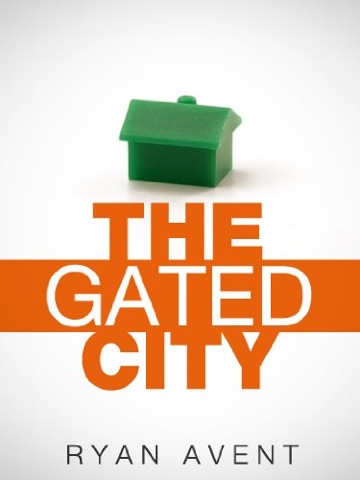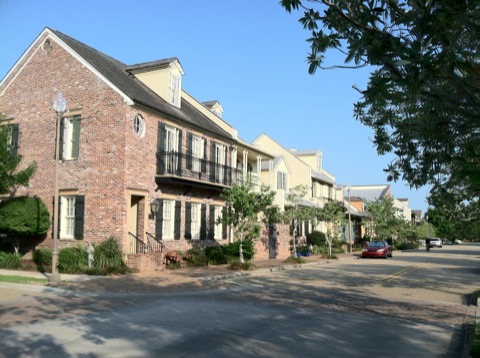The Virginia legislature appears to have rejected a plan to spend $300 million in state money on construction of the Dulles rail line. This is only about 10 percent of the money needed to finish the line to Dulles airport, but it will put a crimp in plans to do so.
This is a line that everyone from the Washington Metropolitan Transit Authority (WMATA or Metro) to the Federal Transit Administration to then-Secretary of Transportation Mary Peters agreed should not be built. For Metro, not building the line was practically a matter of survival: it can’t afford to maintain the lines it has now, much less any new ones. On top of that, the Silver line will share tracks with the Orange and Blue lines in downtown Washington, and those tracks are already being used to capacity at rush hour. This means every Silver line train will require one less train on the Orange and Blue lines, increasing crowding and likely turning off riders.
For Peters and the FTA, it was simply a matter of cost-efficiency: studies showed that bus-rapid transit would work nearly as well as rail at a tiny fraction of the cost. But developers at Tysons Corner wanted to increase the density of their development, and Fairfax County planners said the area didn’t have the transportation facilities to support more density. So the developers convinced the Virginia Congressional delegation to persuade then-President Bush to overrule Peters’ decision.









